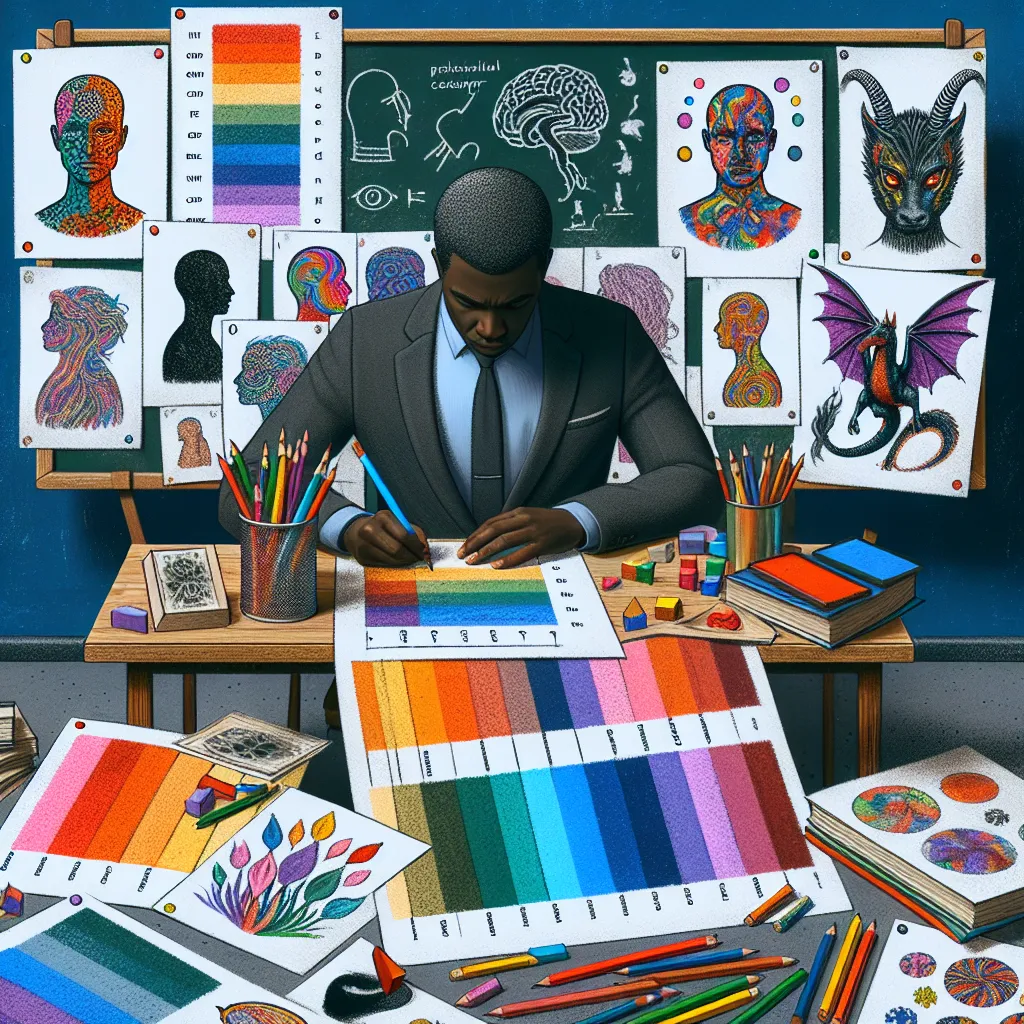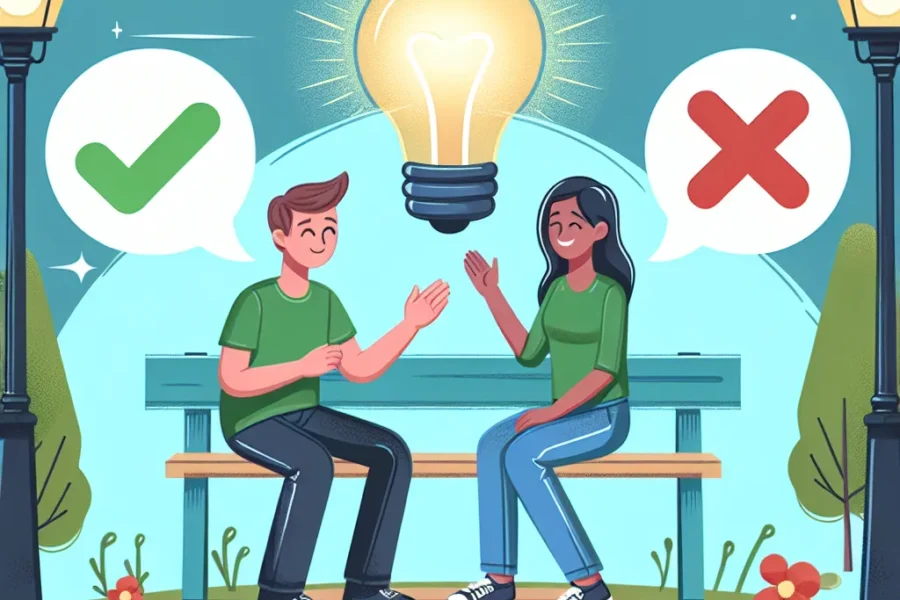Color Personality Test: A Blend of Psychology and Myth
When it comes to understanding ourselves and others, we often turn to personality tests as tools for insight. Among these, the Color Personality Test has surfaced as an intriguing combination of psychology and myth, promising to reveal the deeper layers of our personas based on our color preferences. This test, resonant with both psychological theories and mythical symbolism, taps into the belief that colors can significantly influence our moods, behaviors, and overall personality.
But what is a Color Personality Test? Essentially, it is an assessment that categorizes individuals into different personality types based on their favorite colors or the colors they resonate with most. It is grounded in the idea that colors have specific attributes and energies, which can, in turn, reflect our own characteristics. For instance, someone drawn to the color blue might be perceived as calm and collected, while a person who prefers red could be viewed as passionate and dynamic.
The concept of color psychology dates back to ancient civilizations. Egyptians and Chinese practiced chromotherapy, using colors to heal, which suggests they believed in the strong impact colors had on human behavior and emotions. In more contemporary times, the work of psychologist Carl Jung further solidified the bond between color and psyche. Jung is often credited with introducing the association of color with psychological traits, an aspect that forms a foundation for the Color Personality Test.
However, for search engine optimization (SEO) purposes, it’s essential to note that these tests need to be seen for what they are—a blend of psychology and mythology, rather than empirical science. Keywords surrounding these tests, such as “color psychology personality test,” “what your favorite color says about you,” and “color meaning personality,” remain in high demand because they touch on a universal curiosity about the self and identity.
Let’s delve deeper into the meanings typically ascribed to various colors in personality tests:
1. **Red** – Often connected with energy, passion, and action. Those who prefer red may be perceived as outgoing, assertive, and confident.
2. **Blue** – Associated with tranquility, stability, and harmony. Blue lovers might be considered level-headed, loyal, and trustworthy.
3. **Green** – This color often signifies growth, balance, and renewal. Individuals who gravitate towards green are sometimes seen as caring, practical, and down-to-earth.
4. **Yellow** – Linked to optimism, creativity, and happiness. Admirers of yellow could be viewed as energetic, fun-loving, and intellectual.
5. **Orange** – Orange is said to represent enthusiasm and adventure. Those with a penchant for orange are often seen as sociable and adventurous.
6. **Purple** – Signifying wisdom, dignity, and independence. A preference for purple may suggest an artistic, intuitive, and respectful personality.
7. **Black** – Connected with power, elegance, and mystery. Devotees of black may present themselves as sophisticated, ambitious, and realists.
8. **White** – Often represents purity, simplicity, and innocence. Individuals who favor white might be thought of as mindful, organized, and logical.
While these color associations can be thought-provoking, it’s important to approach the Color Personality Test critically. The scientific validity of color personality testing is not robust. Critics argue that, like many other personality assessments, such tests lack empirical evidence and rely heavily on subjective interpretations. The Barnum effect, a psychological phenomenon whereby individuals believe vague, general statements to be highly accurate for them personally, plays into why these tests are so captivating, despite their lack of scientific support.
Moreover, in various cultures, colors may hold different meanings. For example, while white is often a symbol of purity in Western societies, it is associated with mourning in many Eastern cultures. This cultural relativity suggests that color preferences and their supposed personality implications cannot be universally applied, a critical point for SEO considerations as we account for the cultural diversity of online audiences searching for terms like “color personality meaning” or “color preference personality.”
In the realm of psychology, personality is typically assessed through more reliable and validated tools, such as the Myers-Briggs Type Indicator (MBTI) or the Big Five personality traits. These assessments are backed by extensive psychological research and provide a more comprehensive understanding of an individual’s character.
Despite these concerns, the allure of the Color Personality Test persists, blending the lines between modern psychology and the mystic representations of colors found in various myths, religions, and cultural traditions. Its popularity can be attributed to its ease of access, simplicity, and the pleasure of discovering more about oneself and others through the lens of color preferences. Content and SEO strategies often leverage the interest in such tests to draw in audiences looking for entertainment, self-discovery, or even team-building exercises.
For content creators and marketers, the fascination with color personality tests presents an opportunity to engage a wide audience segment. By utilizing strategic keywords, such as “color personality test,” “psychology behind color preferences,” and “color symbolism meaning,” content can be tailored to rank highly in search engine results and cater to the curiosity of users exploring the connections between their favorite colors and personal traits.
In conclusion, the Color Personality Test treads a fine line between scientific thought and the realm of myth. While it is not a scientifically validated measure of personality, it provides a fun and accessible means for people to reflect on themselves and engages with the rich symbolic language of colors that pervades our culture. As with all such tools, it should be enjoyed with an understanding of its limitations and the recognition that our personalities are multifaceted, far beyond what a simple color preference might reveal.
Whether viewed through a psychological lens, embraced for its mythical qualities, or simply enjoyed as a lighthearted diversion, the Color Personality Test captures the imagination and encourages a playful examination of our inner worlds. It’s a testament to our endless quest for self-understanding—a mix of fact and fiction, science and story, that continues to fascinate and inspire.



Leave a Comment